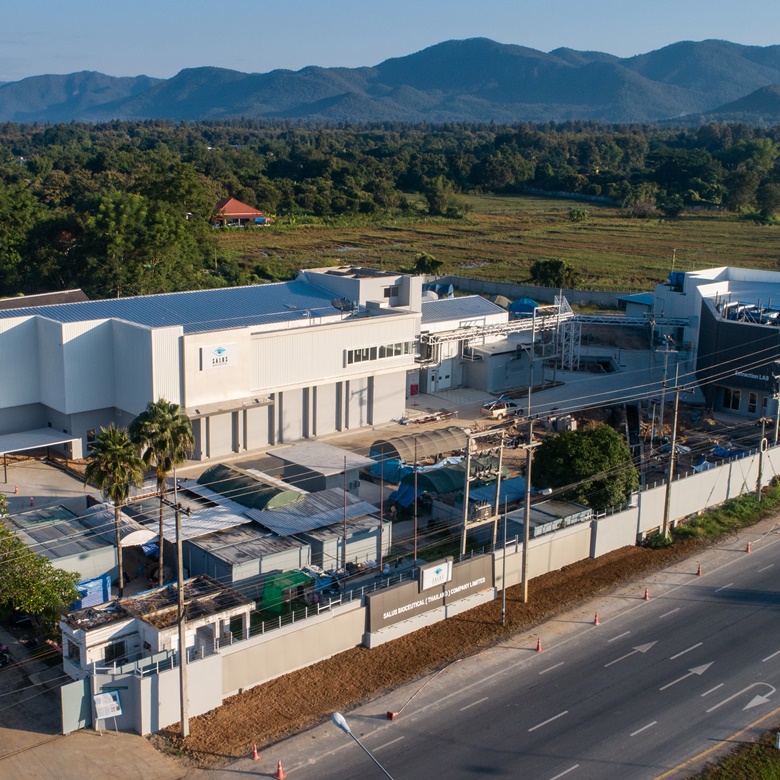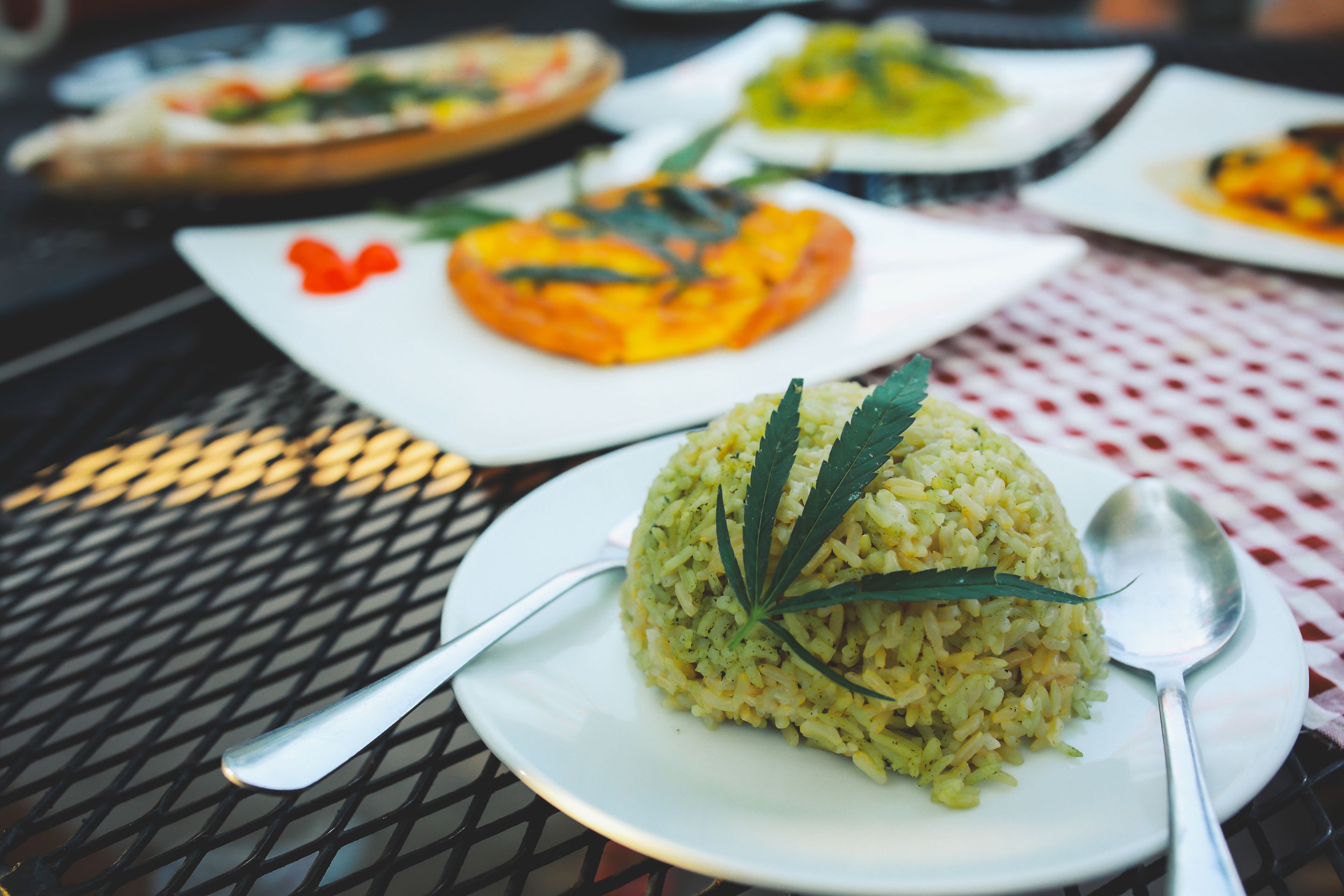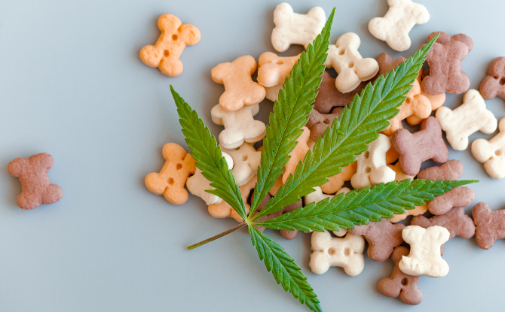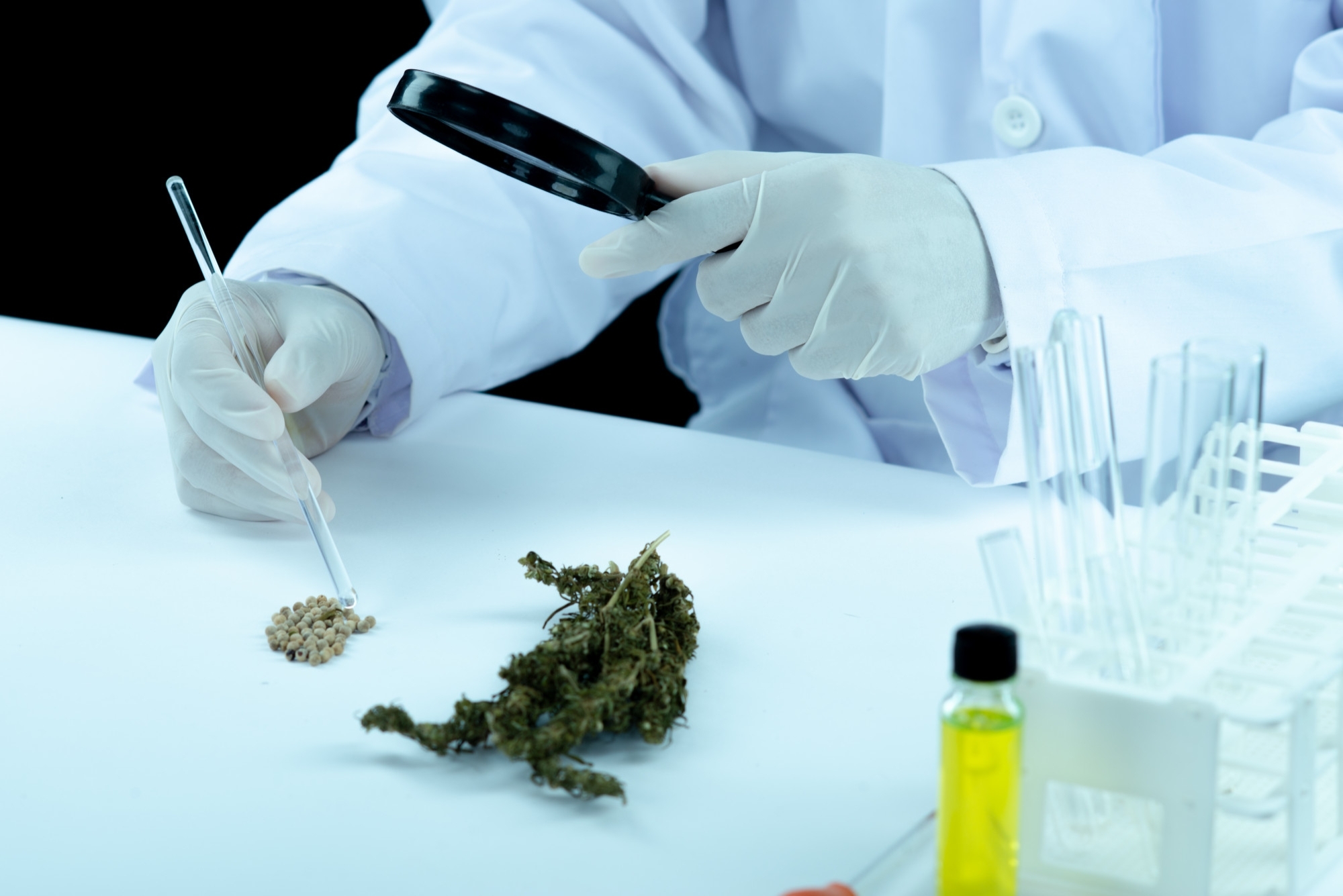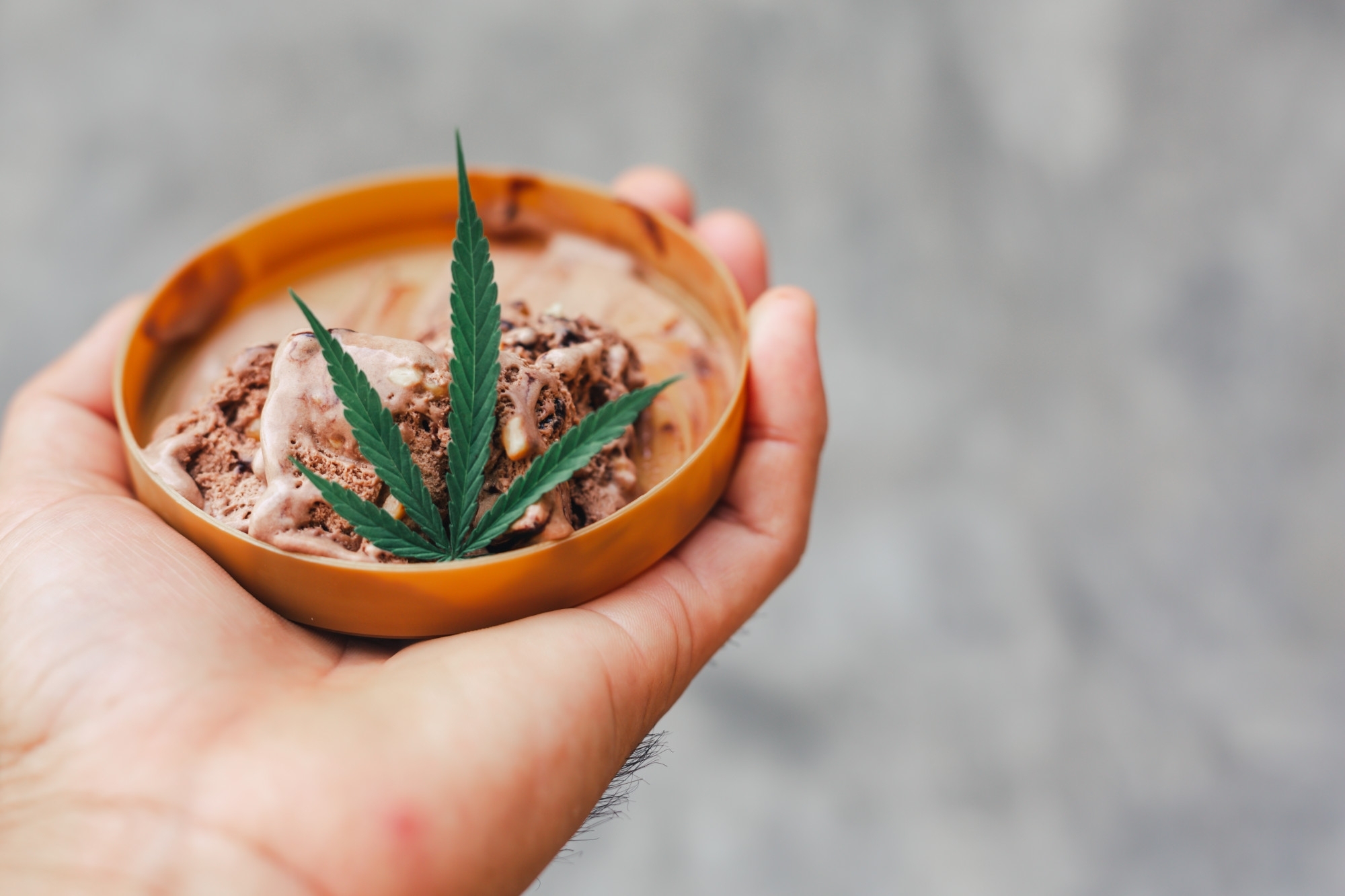Hemp can be used in many forms, including fresh hemp, CBD oil, and pure cannabis extract (CBD isolate), which is widely used in the downstream industry, like pharmaceutical, herbal, cosmetic, beverage, snack, and food industries. Although CBD is non-psychoactive and different from Tetrahydrocannabinol (THC), the dangers of overdosing are still a factor to consider. Moreover, producers and consumers should select hemp or hemp extract, which has quality standards, safety, heavy metals-free, pesticides-free, and pathogenic microorganism contamination-free to receive the most advantages from using hemp extract.
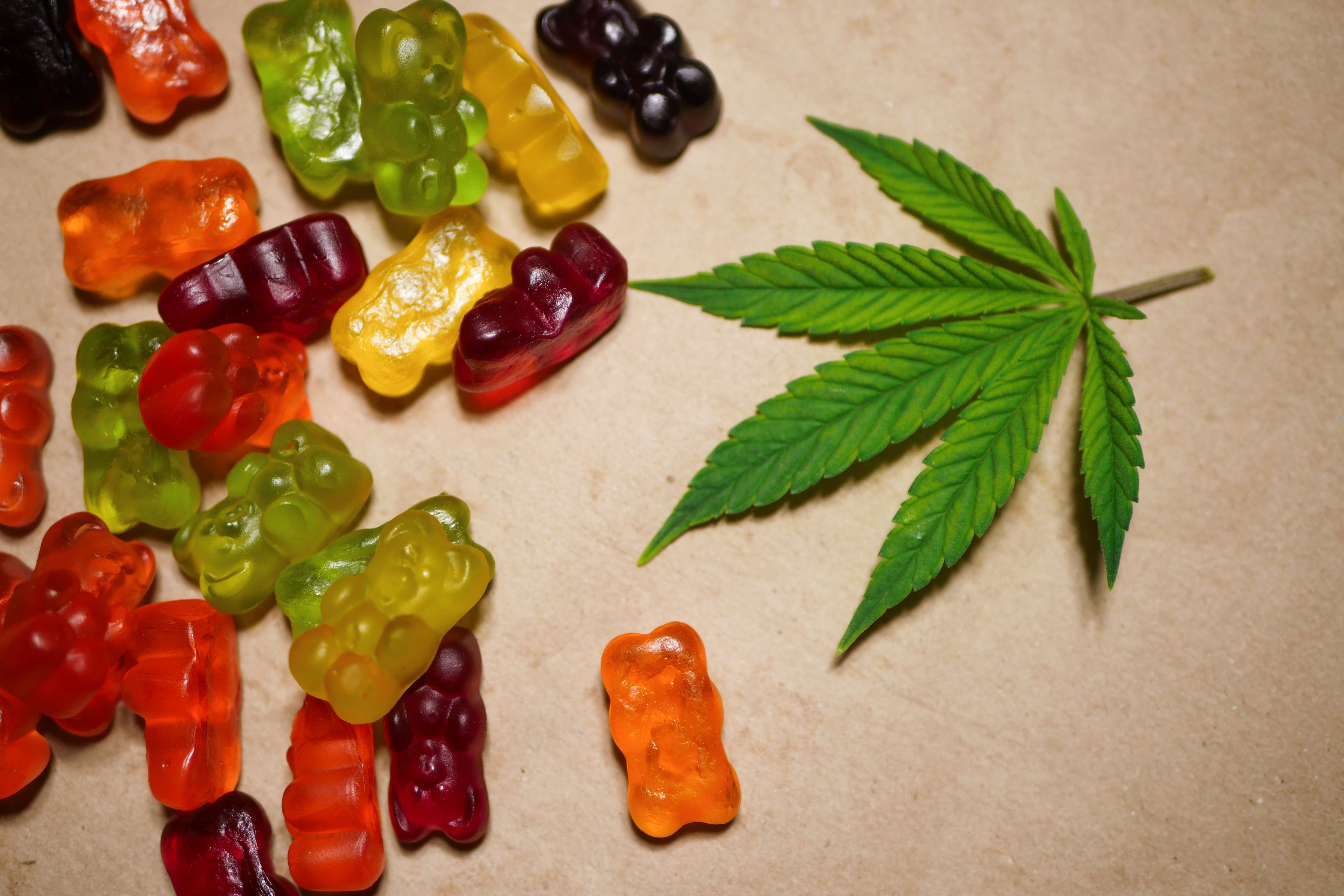
Adverse effects and Overdose of CBD
A study in 2017 by Iffland and Grotenhermen [1] showed that humans can tolerate relatively high amounts of CBD up to 1,500 milligrams. On the contrary, the adverse effects of consuming a 1-ounce bottle (30 ml) of CBD oil containing 300 to 1,500 milligrams of CBD was found, including vomiting, diarrhea, and drowsiness.
In 2020 [2], A 56-year-old man with no history of drug abuse and no underlying disease was immediately admitted to the emergency after taking 2 packs of CBD gummy with a total CBD content of 370 milligrams to relieve back pain. The symptom is vomiting and slurring speech may be caused by taking over than the recommended amount of CBD gummy, which recommended dosage is 30 mg, and high THC contaminations. He received supportive treatment until symptoms improved the following day.
In the same year [3], the pediatric patient case report of A-9 years old with a history of medically refractory epilepsy, diabetes insipidus, hypothyroidism, hemiplegic cerebral palsy, arachnoid cyst resection, and hypothalamic hamartoma resection overconsumed accidentally CBD oil, which was online purchased by his mother, to relieve seizures by wiping over the gum 1 drop per day. But the new caregiver is unfamiliar with CBD oil use. The patient was given overdose CBD oil using a 5 ml syringe. After that, the patient was immediately taken to the emergency unit with respiratory failure. The urine examination reported a relatively high amount of THC in the urine sample.
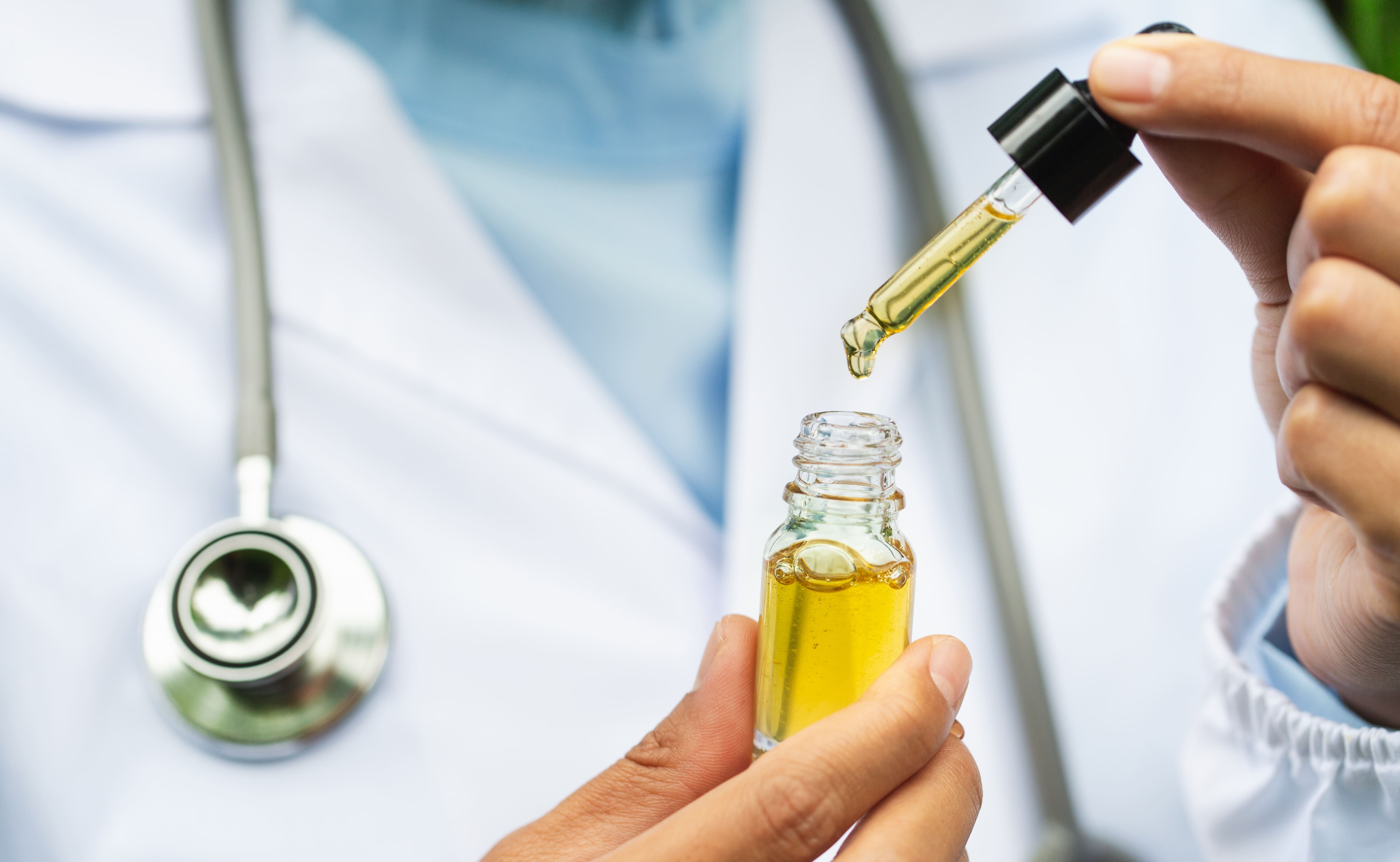
Heavy metals, The hidden danger since cultivation
Heavy metals have a specific gravity of more than five times water, such as tin, zinc, copper, lead, arsenic, and mercury. Heavy metals have a relatively slow decomposition rate and high stability, there can accumulate in the environment for a long time, especially in soil and water. Therefore, soil and water quality used for hemp cultivation are necessary because hemp can absorb heavy metals from the environment and accumulate in various parts of the plant, such as flower stalks and inflorescences. CBD extraction from hemp flowers may have a chance of heavy metal contamination in the CBD extract. The heavy metal standard control or related laws have not been clearly announced for this plant group. Consequently, consumers may risk heavy metals ingestion by consuming or using non-standard and non-scrutinized hemp extract products, which can accumulate in the body and cause tissue damage that can lead to cancer. [5]
Pesticides or pesticides (Pesticide) the dangers from cultivation
According to research on insecticides in hemp plants [6], up to 350 different pesticides have been used, including fungicides. and plant growth stimulants, mainly 16 pesticides and 3 plant growth regulators. World Health Organization (WHO) has determined that these substances are moderately dangerous when consumed or ingested.
Nowadays, there is no clear pesticide contamination testing standard in this plant family. Further studies are needed, especially on the chronic side effects of pesticide accumulation from exposure to low doses but over long periods.
Mckernan, K. et al. [7], Hemp has various types of microorganisms, both fungal and bacteria. Most of them have a high tendency to be beneficial for plant growth or pathogenic microorganism in plants. However, it found that some microorganisms can cause disease in humans as well, especially Aspergillus sp., Penicillium sp., or Fusarium sp., which may affect the body due to the fungal toxin including aflatoxins, and fumonisins. These substances are carcinogenic and toxic to the liver and organs of various systems in the body. Aspergillus sp. is the most common fungal contaminant in the hemp product. Consequently, standard testing procedures development for mycotoxin detection in this plant family products is imperative to ensure consumers are safe from using cannabis extract.
The above example pointed out the effects of heavy metal contamination, hazardous chemicals, and pathogenic microorganisms in CBD products [4] due to the lack of quality control of CBD products, no standard, and no clear indication of the number of active ingredients and also no warnings on the product labels. To reduce the dangers of various contamination, including overconsumption, choose to consume hemp products with standard quality and clear quantity specifications. Therefore, Salus Bio Suicol (Thailand) Co., Ltd. must be a manufacturer of cannabis hemp extracts that emphasizes the importance of quality control in every process to ensure that good quality raw materials are obtained and obtaining high-quality cannabis hemp extracts follow the relevant standards. Salus is meticulous in every step, starting from preparing the soil for cultivation until the harvest and manufacturing high-quality Hemp inflorescence extract (Premium Grade) with modern technology, effectiveness, and safety for consumers.
(Read more about Premium Grade products to increase your confidence in choosing quality and standardized hemp extract products in the article Premium Grade Cannabidiol by Salus.)
Reference
[1] Iffland K, Grotenhermen F. An Update on Safety and Side Effects of Cannabidiol: A Review of Clinical Data and Relevant Animal Studies. Cannabis Cannabinoid Res. 2017; 2(1): 139-154. doi: 10.1089/can.2016.0034.
[2] Bass J, Linz DR. A Case of Toxicity from Cannabidiol Gummy Ingestion. Cureus. 2020; 12(4): e7688. doi: 10.7759/cureus.7688.
[3] Jim Herbst, Gyen Musgrave. Respiratory depression following an accidental overdose of a CBD-labeled product: a pediatric case report. J Am Pharm Assoc. 2020 ;60 :248–252.
[4] Montoya Zackary, Conroy Matthieu, Vanden Heuvel Brian D., Pauli Christopher S., Park Sang-Hyuck. Cannabis Contaminants Limit Pharmacological Use of Cannabidiol, Frontiers in Pharmacology. 2020; 11. doi: 10.3389/fphar.2020.571832
[5] Louis Bengyella, Mohammed Kuddus, Piyali Mukherjee, Dobgima J. Fonmboh, John E. Kaminski. Global impact of trace non-essential heavy metal contaminants in industrial cannabis bioeconomy. Toxin Reviews, 2021; 1 doi: 10.1080/15569543.2021.1992444
[6] Taylor, A, Birkett, JW. Pesticides in cannabis: A review of analytical and toxicological considerations. Drug Test Anal. 2020; 12: 180-190. https://doi.org/10.1002/dta.2747
[7] Mckernan, K., Spangler, J., Helbert, Y., Lynch, R. C., Devitt-Lee, A., Zhang, L., et al. (2016). Metagenomic analysis of medicinal cannabis samples; pathogenic bacteria, toxigenic fungi, and beneficial microbes grow in culture-based yeast and mold tests. F1000Research 5, 2471. doi: 10.12688/f1000research.9662.1

